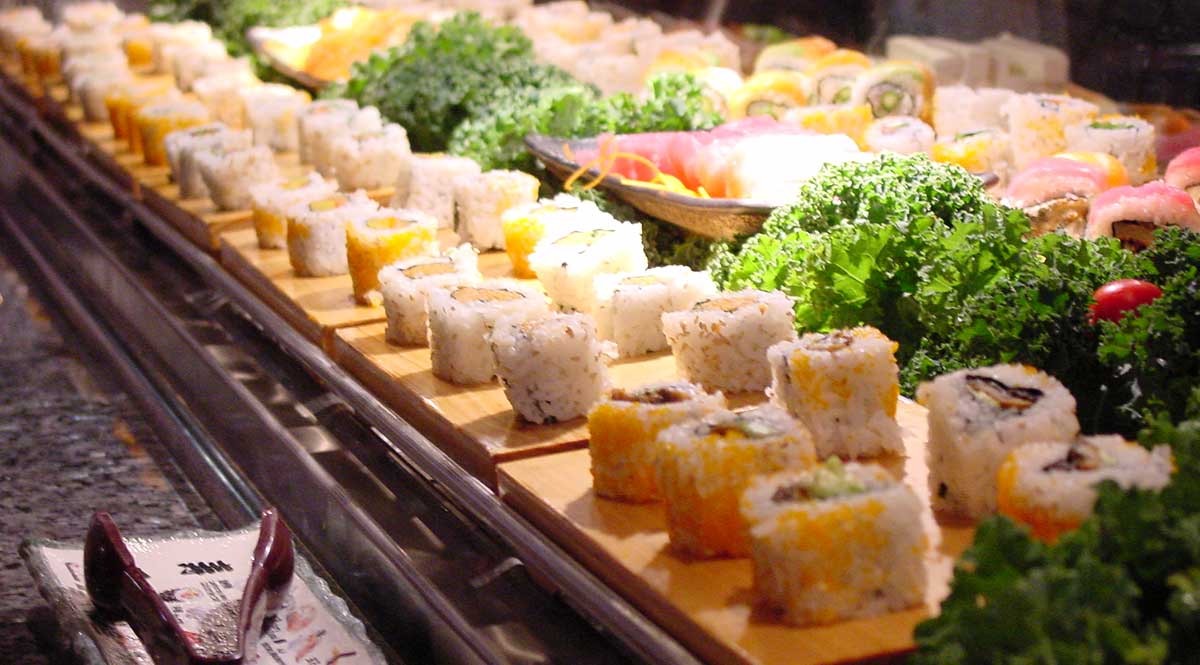
Long long ago, Tibet was a boundless sea. A large piece of continental plate on orogenic-movement drifting from the south met together with the European plate. At that time, a large stretch of highland was uplifted on the earth. This region of today with a high altitude and cold weather had once been an area with a warm, humid climate of subtropical zone of grassland with low altitude which provided a profitable condition for ancient human beings who lived and multiplied in this land. The scientists' survey tells: the activity of the ancient human being in Tibet shows clear difference between areas. The earlier cultural remains were mainly discovered in the west and north of Tibet, which belonged to the earlier uplifted areas. But the later cultural remains were mainly distributed in the east and middle part of the Qinghai-Tibet plateau. That is to say, the ancient human being in the Qinghai-Tibet plateau firstly originated and activated in today's high altitude areas.
Before the 7th century, there were many tribes in Tibet. Wars broke out as the tribes tried to scramble for their domains. Among them, the Tubo tribe owned a large number of lands at its flourishing period in Yarlung. The earliest capital city of Tubo was in today's Nedong County in Lhoka. After Namri Songtsen, the thirty-second generation of Tubo prince inherited the power and he consolidated and developed the Tubo's territory. Later in order to refrain from the interior opposite influence between the tribes, Namri Songtsen moved the national capital from Nedong to Gyama area, present Medro Gongkar County, and built the Gyama palace. In the early 7th century, Songtsan Gampo, the son of Namri Songtsen, inherited the power, he completed his father's cause and realized the unification of the Tibet plateau and set up the central slave regime——the Tubo Kingdom.
In order to consolidate the newly emerging power, Songtsen Gampo adopted a series of important measures. For instance, in the year 633, he moved the capital of Tubo Kingdom to Lhasa, built the Potala Palace on the summit of the Red Hill and rebuilt the road and some other houses around the Potala Palace. Step by step, Lhasa had become economic, political and cultural center of the Tubo Kingdom. To consolidate his regime, Songtsan Gampo advocated the advanced methods of the Tang Dynasty and set up system for civil and military officials, appointed the officials to control the garrisons in other areas and delimited the administrative regions etc. He divided the administrative areas into 18 big areas and established five big “Ruchen” (Ru is Tibetan pronunciation at the time). Every Ruchen was divided into; up and down parts of Ru; every branch of “Ru” had 5,000 families who are the common herdsman in peacetimes, but soldiers at war times. Meanwhile, he strengthened the system of discussing official business in alliance. He also remitted taxes, developed agricultural production and promoted economic prosperity. He sent people to ancient India to learn scripts and created the Tibetan written language and calendar and made great contribution to develop the Tubo's culture.
During Songtsen Gampo's time, the development of the Tubo Kingdom came to a period of great prosperity. In order to develop the relationship between Tubo and the surrounding countries, he sent envoys to Nepal firstly and then twice sent envoys to the Tang Dynasty emperor to propose to Princess Wen Cheng who he later married. The Tibetans and Hans had through the marriage of their royal families and various meetings, formed close economic and cultural relations laying the groundwork for the ultimate foundation of a unified nation. Now in Lhasa the capital of the Tibet Autonomous Region, the statue of Princess Wen Cheng is still enshrined and worshipped in the Potala Palace. The Monument to the Alliance between the Tibetans and the Han erected in the 9th century still stands in the square in front of the Jokhang Temple.
And by relying on his own armed strength to expand his territories steadily in other hand. With his territories expanding Guhuei to the north, Songtsen Gampo made an expedition to the west till they reached the four towns such as Gueizi, Yutian, Yianqi etc, where it connects with Nanzhuo, Dasi countries to the east. The Tubo kingdom had become the strongest military power in the west of China since the Qin and Han Dynasties.
Songtsen Gampo is the most important and well-known king of Tibet in Tibetan history. In 650, Songtsen Gampo died of illness. The Tubo Kingdom gradually declined. Because Trisong Detsan, the king of Tibet used force to fight against outside and went in for a large-scale construction and increased the heavy load of the people. He sharpened the social contradiction and led to successive turmoil. In 823, because of the aristocrats in the interior of the Tubo Kingdom fought for their power with each other, the society was in a turbulent situation. The slaves launched a large-scale uprising and stroke relentless blow at the rule of slavocracy's class. Therefore, the Tubo Kingdom was thoroughly collapsed from then on.
Relations between Tibet and China continued to develop afterwards. In the 13th century, the ruler of Tibet met a Yuan Dynasty prince and officially decided on the terms for Tibetan submission to China including presenting the prince with map and census books, the payment of tributes and the acceptance of rule by appointed officials. From then on. Tibet was an official administrative region of China. This happened 200 years before Colombus' discovery of the Americas. In the following several hundred years, though there were shifts in the political power of the central government and the local Tibetan government alike, relations between them became more and more close, and Tibet's position as an administrative region of China has never changed. Rulers of both the Ming Dynasty, founded in the 14th century, and the Qing Dynasty founded in the 17th century were directly responsible for the appointment of Tibets' local officials, as well as for the selection of high commissioners stationed in Tibet to supervise local administration on behalf of the central authorities.
The majority of Tibetans believe in Tibetan Buddhism of which many sects developed during Tibet's long history. After the establishment of the Qing Dynasty in the 17th century, the emperors granted honorific titles to the 5th Dalai Lama and the 5th Baingen Erdeni of the Gelukpa sect in 1653 and 1713 respectively henceforth officially establishing the titles of the Dalai Lama and the Baingen Erdeni and their political and religious status in Tibet. The Dalai Lama in Lhasa ruled most of Tibet while the Baingen Erdeni ruled the remaining area from Xigaze. The Chinese emperors also enacted regulations stipulating that the selection of children said to be the reincarnations of the Dalai Lama or Baingen Lama should be reported to the imperial court for approval, and that the central government would send high officials to supervise in person. The discovery of the 14th Dalai Lama who is in exile at present was indeed reported to the central government by the Tibetan local government in the traditional manner after the death of the 13th Dalai Lama. In 1940 the Chairman of the national government issued an official decree conferring the title of the Dalai Lama.
After the People's Republic of China was founded in 1949, the central government notified local Tibetan authorities to “send delegates to Beijing to negotiate the peaceful liberation of Tibet” On 23rd May 1951. The “17-Article Agreement” was signed after delegates from the central government and the local Tibetan government reached agreement on a series of questions concerning Tibet's peaceful liberation. The Dalai Lama sent a telegram and the Baingen Lama issued a statement both supporting the “17-Article Agreement” and expressing their desires to “safeguard the unification of the motherland and her territorial sovereignty.” In February 1952, the Military Area of Tibet was officially set up. In April 1956, the Tibet Autonomous Region was established. In 1959 the rebellion led by the Dalai Lama was pacified.







 PREVIOUS
PREVIOUS